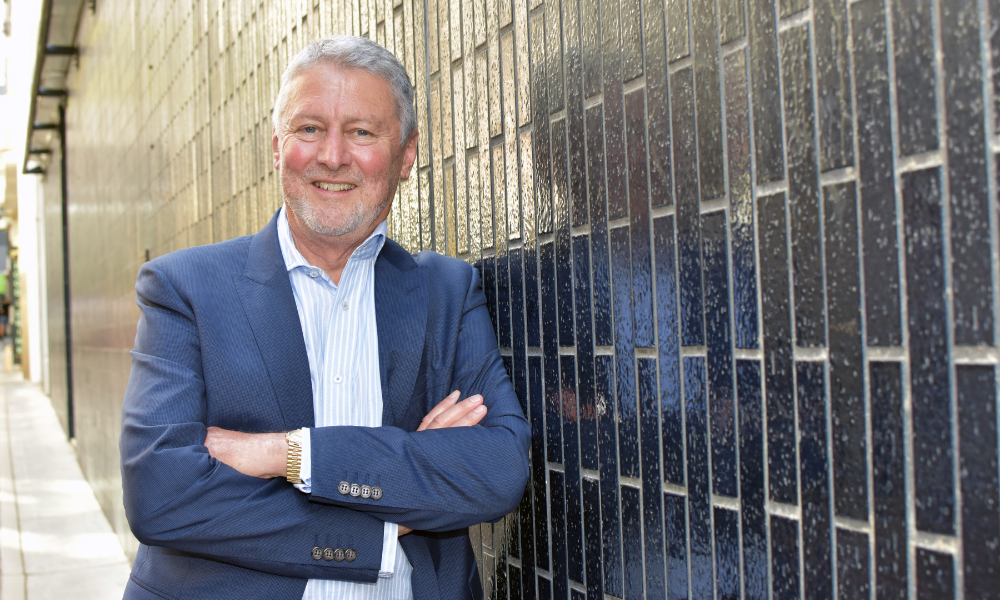Gap between median property prices and affordability, says Canstar

Property buyers are likely to see their borrowing power diminished by another interest rate increase in February, according to new analysis from financial comparison site Canstar.
Consecutive rate increases since April and higher loan repayments have shrunk single income borrowing power down from $568,000 to $435,000 since April, Canstar said, a total loss of $133,000.
Over the same period, dual income borrowing power was reduced by $306,000, down from $1.3m to $1m.
This translates to a 24% decrease in borrowing power that is likely to drop further as industry forecasts point to signs of the cash rate increasing by 0.25 percentage points when the Reserve Bank meets on February 7.
Canstar group executive Steve Mickenbecker (pictured above) said higher inflation seen in December quarter will likely drive the Reserve Bank to increase the cash rate by another quarter point.
“Concern about an emerging recession overseas will eventually motivate a pause, but for now, the domestic data is the dominant factor,” he said.
If the RBA increases the cash rate from 3.10% to 3.35%, Canstar estimated single income borrowing power would diminish by a further $10,000 to a total of $143,000 since April, which would leave solo buyers with the ability to borrow just $425,000.
For dual income couples, a February 25bp rate hike would take another $23,000 off their borrowing power, cutting it by a total of $329,000 to a loan size of $980,000.
The impact of rate increases to borrowing power may not ease after February, Canstar added, as ANZ and Westpac have both predicted the cash rate to peak at 3.85% by May.
A cash rate of 3.85% would limit borrowing to $407,000 for solo buyers and $938,000 for double income borrowers, estimates by Canstar has shown.
“For years first home buyers have been struggling to raise a sufficient deposit to buy into the housing market,” Mickenbecker said. “Just when softening property prices have somewhat eased this burden, higher interest rates and repayments have now become the major impediment.”
According to Mickenbecker, even if the average income earning buyer is able to put aside 20% for the deposit and can afford stamp duty and other purchase costs, the affordability of loan repayments today has placed a $543,000 cap on the property purchase price.
“This is almost $70,000 below CoreLogic’s estimated capital city median unit price of $612,308,” he said. “A rate rise of 0.25 percentage points in February blows the gap out to $81,000.”



